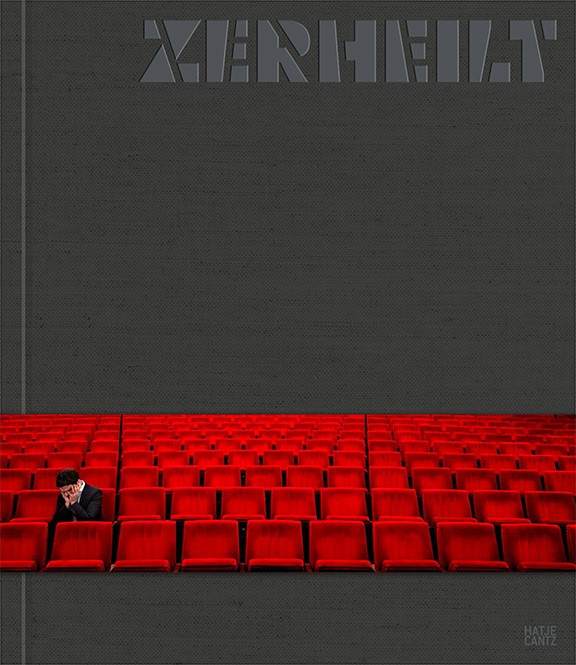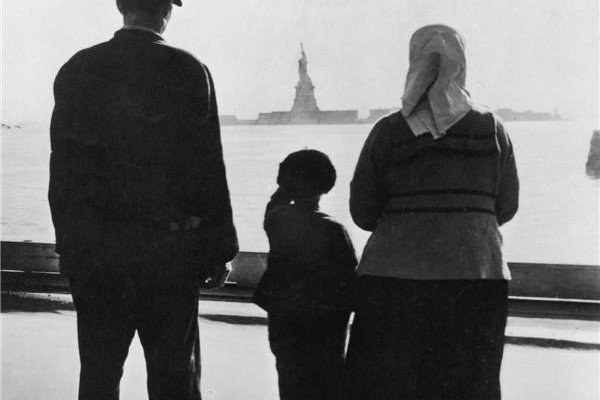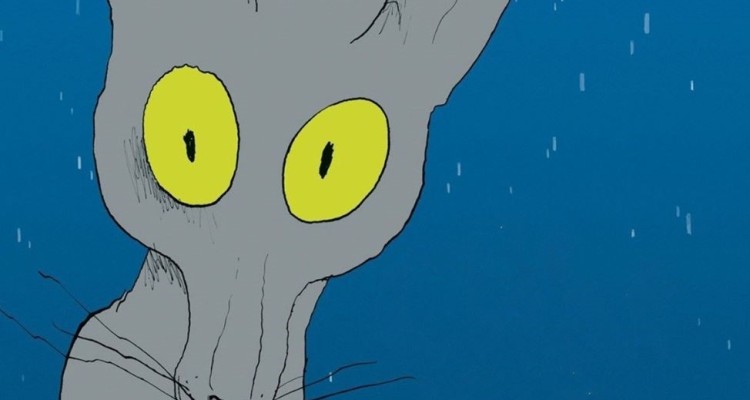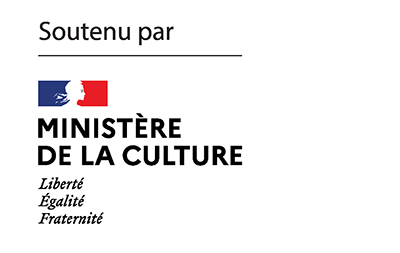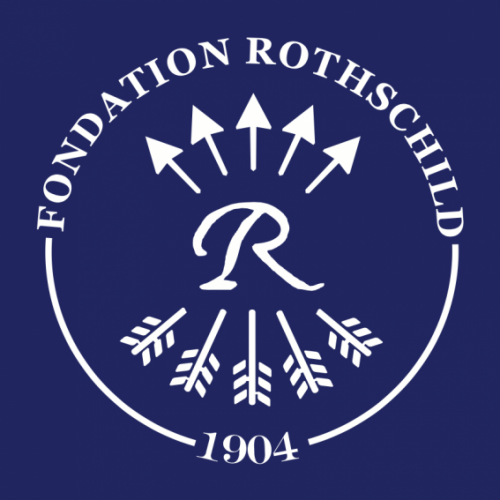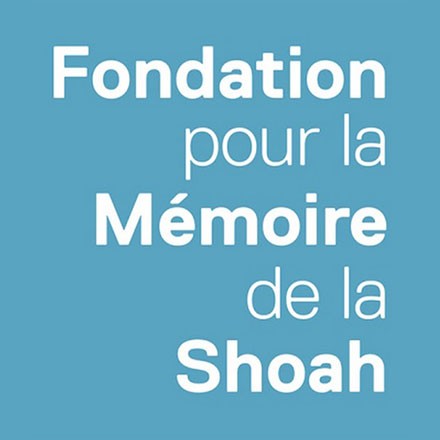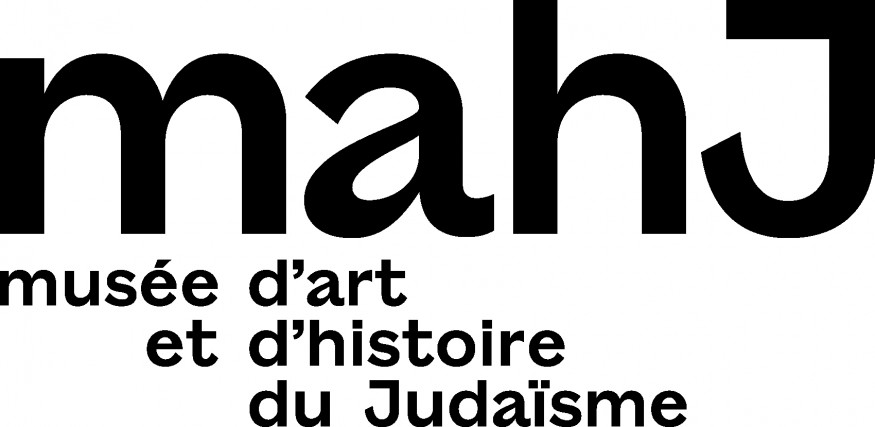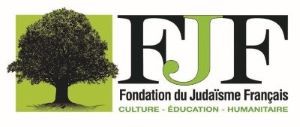Following more than forty years of photographic storytelling of Jewish life around the world – and also a legendary film: The Last Marranos[1] the internationally acclaimed photographer Frédéric Brenner has spent the last three years exploring Berlin — a stage for a vast spectrum of expressions and performances of Judaism. Zerheilt: Healed to Pieces[2] is the name of the recently opened exhibition at the Jewish Museum in Berlin and the book that comes with it. It features images of equally fascinating and emblematic figures of a strangeness of the Jewish presence in Berlin today – such as this picture of a man who had the first pages of Adorno’s Minima Moralia tattooed on his back. “Experiencing strangeness” is one of Frederic Brenner’s formulas for defining his work and leads him to publish his images without captions. For him, they are “crutches that say nothing essential and deprive us of a knowledge through our imagination”.
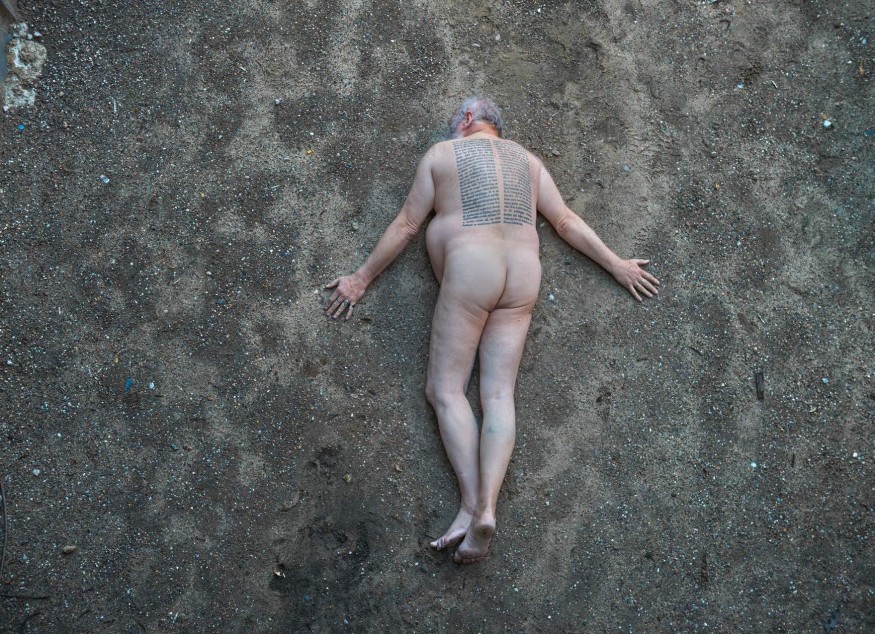
In autumn 2016, while walking in Berlin, I fell under the spell of rustling leaves. It happened while I was moving aimlessly, not seeking any thing, in a place where I didn’t really want to be and where I might not have stayed had it not been for a fortune printed on the label of a tea bag: “Lasse die Dinge zu Dir kommen” (Let things come to you). The decaying leaves blown over the pavement were actually the first things that came to me; they immediately resonated with my state of heart and with an emerging vision of photography. I began to spend hours a day observing and photographing them—their structure, their colors, their movement, their varying states of decomposition. Designed to fall, they reminded me of the power of surrender, of no longer hunting, but rather trusting, letting go, listening, and then embracing. They thus set the mode for a new project, on which, without knowing it, I had already embarked. It was almost as if the photographs were starting to take me more than I was taking them. Leaves were always with me in Berlin, as I was blown through this endeavor. They guided me to the first portrait: a man who seems to have dropped to the ground like a falling leaf.

After thirty years of exploring the way in which Jews in Diaspora lived with a portable identity, and another ten years questioning the promise attached to the land of Israel, I have discovered in Berlin a new and surprising chapter in my journey to trace and examine the dissonance of Jewishness. To spend a year in Berlin as an artist in residence at the Wissenschaftskolleg zu Berlin felt like stumbling into a piece of street theater, a drama of redemption fit for one of the city’s famous opera houses, part morality play, part masquerade, part theater of memory— all performed above an abyss.
That Berlin has become a city bent on redemption—and that the Jew represents a key figure in this realm—is evident from the city’s “epidemic of Holocaust memorials” and other commemorative practices.
Germany, like no other nation in Europe, has undertaken an admirable quest “to come to terms with the past” (Vergangenheitsbewältigung), and in this process, Berlin, where the extermination of the Jews was planned and carried out, takes center stage. The city’s Jewish population has experienced, in the past three decades, a considerable growth in size and diversification. Alongside the native German Jews and the Eastern European Jews who immigrated after the war, Berlin is now home to former Soviet Jews who came after the collapse of the Iron Curtain in the early 1990s, and Israeli Jews who have been relocating here in growing numbers since the turn of the century. Moreover, Jewishness is being staged and celebrated everywhere, from theater to klezmer to Jewish cooking, but this “Jewish revival” often feels less like an act of healing than some novel form of disfigurement—to put it in the words of the poet Paul Celan: “Sie haben mich zerheilt!” (They have healed me to pieces!).

The desire of Germans to come to terms with a history overloaded with guilt has led to a rush to fill the void, to represent what cannot be represented, because to experience this absence is just unbearable. In the words of Sergey Lagodinsky, a Jewish community leader who emigrated from the Soviet Union, “The Jews have become a projection screen with which the Germans try to silence their own demons.”
For some Germans, to redeem themselves means they have to re deem their relationship with the Jews, while for others this has meant converting to Judaism. “There is a tendency to identify with the victims,” says Cilly Kugelmann, the former program director of the Jewish Museum. “Emotionally, you become a victim yourself and you erase the deeds of your forefathers.” For Elad Lapidot, an Israeli philosopher living in Berlin, “the Protestants of the nineteenth century are no longer anti-Semites nor philoSemites. They have become Jews. They have eliminated otherness by becoming the other.” Berlin is home to a growing number of German Christians who have converted to Judaism; some men and women have gone even further, becoming rabbis and training a new generation of rabbis in Europe, many of them also converts. Indeed, two of the most famous synagogues in Berlin are led by converts, and a significant portion of the congregants are also recent converts to Judaism. “It’s horrible, they all love the Jews,” says Irene Runge, a German Jew from the former German Democratic Republic (GDR).
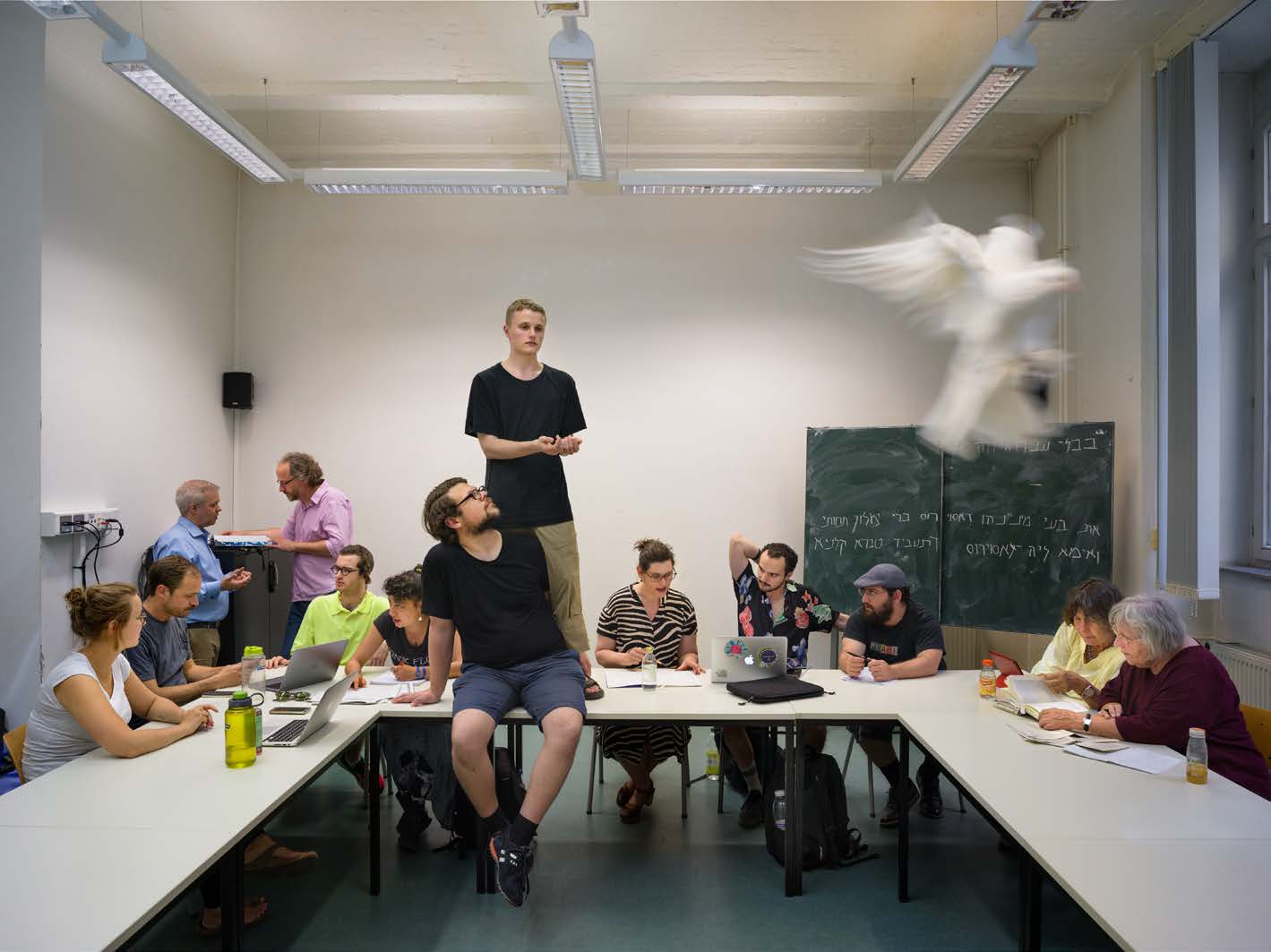
For converts to embrace Judaism, it often means also embracing Zion ism. Those who choose to remain secular might be better described as converts to Zionism. But in taking that step, their dreams of harmony encounter dissonance. Zionism was, and to some extent remains, a reaction to intolerance and persecution in Europe and beyond, while at the same time it has also evolved into a contemporary challenge to the ideals of cosmopolitan multiculturalism. “They think they escaped wrestling,” says Gesa Ederberg, Rabbi of the Oranienburger Straße synagogue, herself a convert, “and they land in the middle of another wrestling.” At the same time, Berlin has seen a steady influx of Israelis, many of whom are disenchanted with Zionism, offering a profound paradox: German Zionists and postZionist Israelis dreaming of a re turn to an idealized Weimar.
Some say that Israelis are drawn to Berlin merely because it is a more affordable version of Tel Aviv. But it is obvious that many are leaving Israel because they have lost all hope in the political and economic future of the country and don’t want to be accomplices of a government they see as oppressing another people, the Palestinians. “Young Israelis have the feeling they were emptied of something in their beings that they don’t even recognize,” says historian Dan Diner. “They are here to search for something which was avoided and repressed by an ideology that wanted to redeem the Diaspora Jew and create a new Jew.” The presence in Berlin of a significant community of Palestinians—refugees from Israel, Lebanon, and Syria, and sometimes all three—complicates the story even more, scrambling notions of victim and perpetrator, reconciliation and redemption. “With Jews, Germans have a wonderful story: Love – Shoah – Redemption,” says Yossi Bartal, an Israeli who created a platform for Israeli-Palestinian dialogue in Berlin. “Palestinians are a disturbance.” Many Israelis remain ambivalent about the country they have left, but no less about the country in which they have settled, worrying that they will always remain characters in someone else’s play—Jews for Germans rather than German Jews. And so Berlin becomes yet another laboratory for “the New Jew.”
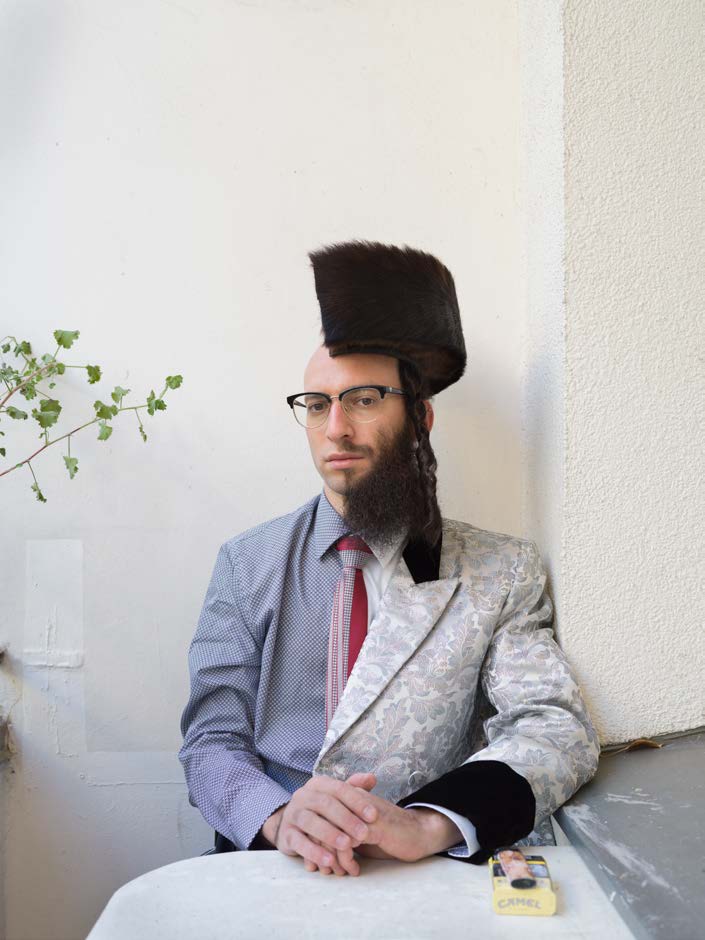
These crisscrossing vectors of social and emotional trauma have turned Berlin into an incubator of paradox and dissonance, as groups and individuals try to escape an overloaded history and reinvent themselves in an open society that allows all narratives to coexist: the Australian opera director who declares himself a “Jewish gay kangaroo” and makes it his task “to put his finger deep in the German wound”; the Palestinian woman who immigrates to Germany on an Israeli passport, a symbol of her family’s catastrophe; the Israeli philosopher who prides himself on being part of the “first Aliyah” from Israel to Germany and for whom the very condition of the Jew is to be a stranger; the German Christian convert who becomes a rabbi and founds the first Jewish School of Theology in postwar Germany; the Israeli psychoanalyst who feels ashamed of her mother’s Moroccan heritage, identifying instead with her father’s Ashkenazi roots, but who, after moving to Berlin and marrying a German Christian, confronts the perpetrator within and embraces her Arab identity; the German Jew, whose parents fled Nazi Germany to New York, returns after the war to realize the socialist dream of the GDR, becomes a Stasi agent, and now edits the local Chabad magazine; the New Yorker who settles in Berlin and is presented to me as the Holocaust survivor pet of German society.
Poised between German redemption and Jewish reinvention, Berlin is experiencing a historic moment, but is it the beginning of something or the end? Are the Jews already losing their symbolic function for the Germans? Have Jews dared to dream of Germany just as the world has begun to turn its back on the memory of the Shoah and indulge in a new frenzy of ethnic and religious hatred? Are we witnessing, as some argue, the Abgesang, the swan song—a swan song without decadence? What is clear is that the questions posed by Berlin resonate far beyond its borders. Berlin today is emblematic of something larger, a kind of Theatrum Mundi, a universal drama of otherness that takes on a particular vividness and tension here in Berlin.
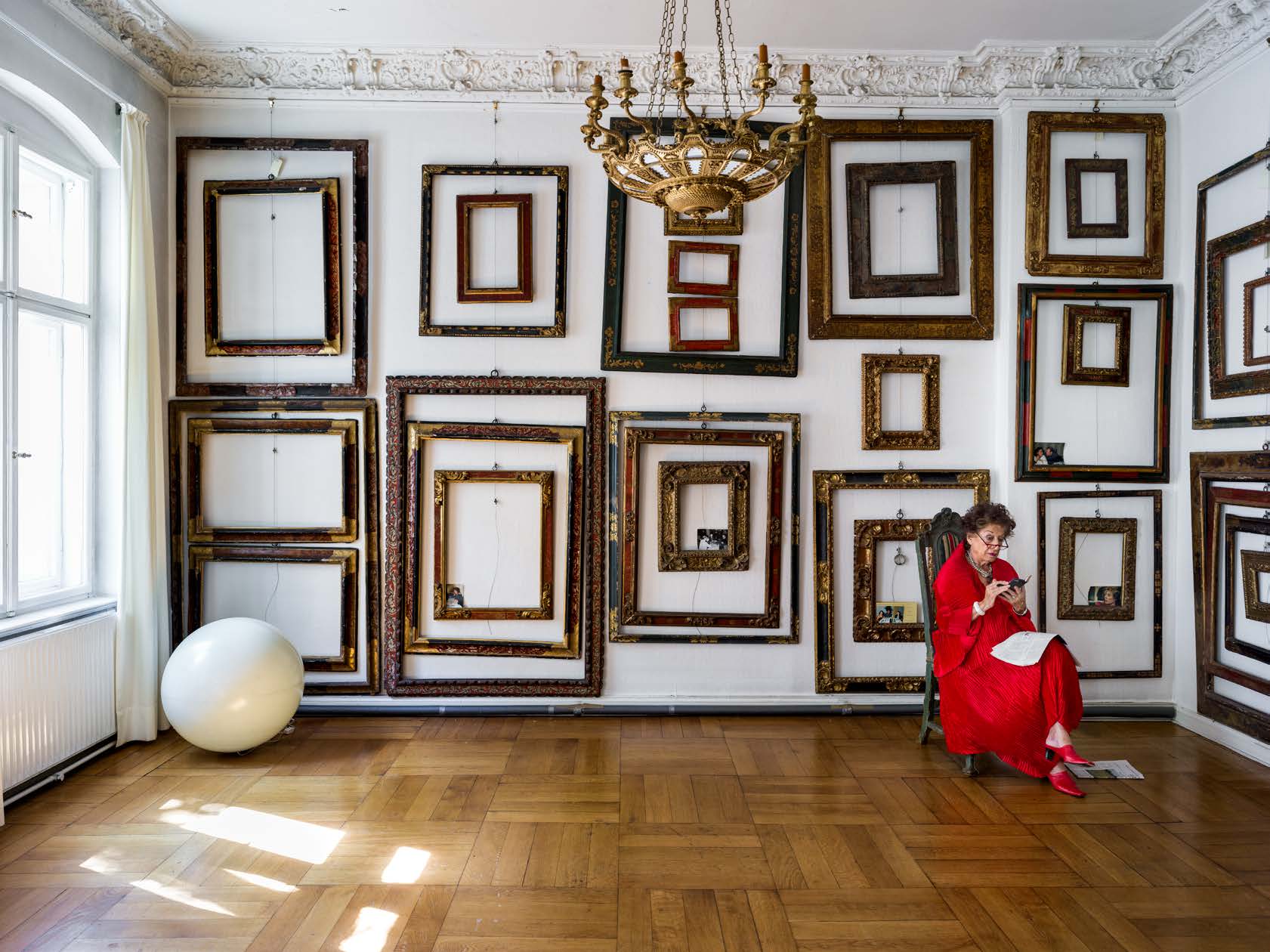
Here, again, I was reminded that the grandest drama—and most profound struggle—is to be found in intimacy; and photography is ultimately the art of exploring what Fernando Pessoa called “the outstretched colony of our being.” In the words of the American photographer Edward Weston, “What could be more intimate than the close up study of an object, or being in absolute accord with someone’s emotion when working on a portrait?” And the closer you get to another human being, the more you both cast off the illusion of the singular self and reveal multitudes; true intimacy is not a triumph over estrangement, but the discovery of the many strangers within. To dare to be estranged rather than to hold on to fictions, to narratives that we have carved to bridge the unbearable, the dissonant, ever changing reality inside, outside, the fragments which can never reconcile—this is the only redemption, the only Zerheilt.
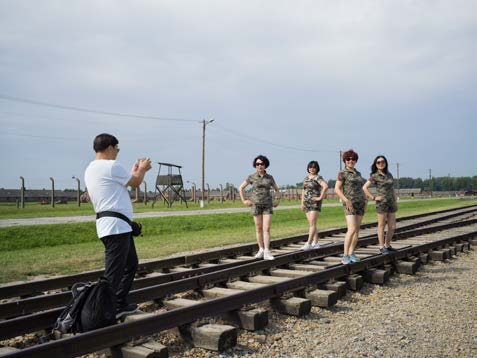
The past, the ghosts, victims, perpetrators, exile and migration, otherness, sameness, inversion, conversion, redemption, appropriation, commemoration, celebration, performance, identity, fear, territory, trompe l’œil, entertainment, tyranny of representation, commodification, fragmentation, confusion, disintegration, chaos, and, of course, the leaves… How to do justice to all this and still resist the temptation to make sense of it? I have attempted to move through this constellation of unresolved tensions and dissolving boundaries with my camera—immersed in narratives, but not bound by any of them, engaging in conversations of which the photographs and words of this book are echoes—but most of all, embracing the invitation to listen to that “mumble of the invisible” and daring to lean into the void.
Frédéric Brenner
Berlin, Spring 2017 – Spring 2021
Notes
| 1 | With Stan Neumann in 1990 |
| 2 | “Zerheilt”: Frédéric Brenner borrows this word from Paul Celan, who invents it in his correspondence with Ilana Shmuheli. Celan uses it to describe the effect on him of his various psychiatric hospital stays. The term literally means “healed in the wrong way”. Brenner himself, in the English version of the catalog, says “healed into pieces,” which is an excellent translation to capture a healing process at work, but one that leaves the person healed as if reconstituted askew and therefore destroyed as a person. |
